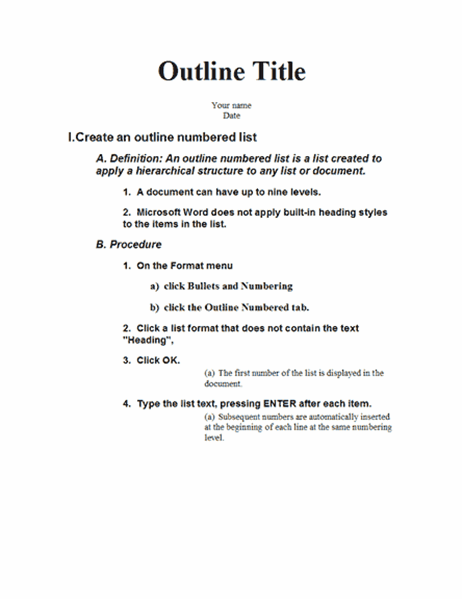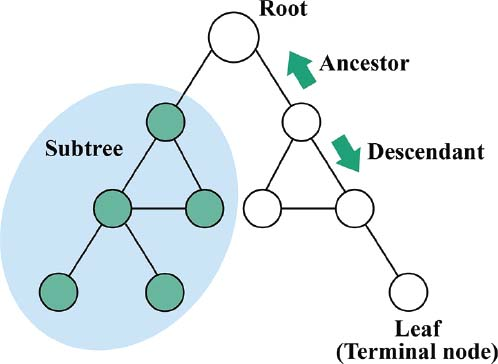
1/ What is a block in Roam? It is a chunk of text, right? This is true. What is a paragraph in a Word document? A chunk of text, right? What is the difference? A very important and BIG difference. In Word, you identify a paragraph by its location ... #roamcult 

2/ What is the "Address" of a paragraph in Word? The address is its location in the document, which is very FRAGILE. Imagine a paragraph address of "page 5, chunk of text 2". If you add content above, its "address" changes.
3/ Because the address changes with text flow, the "address" of the paragraph is very fragile. Thus it is impossible to maintain reliable linkage in or between documents. 
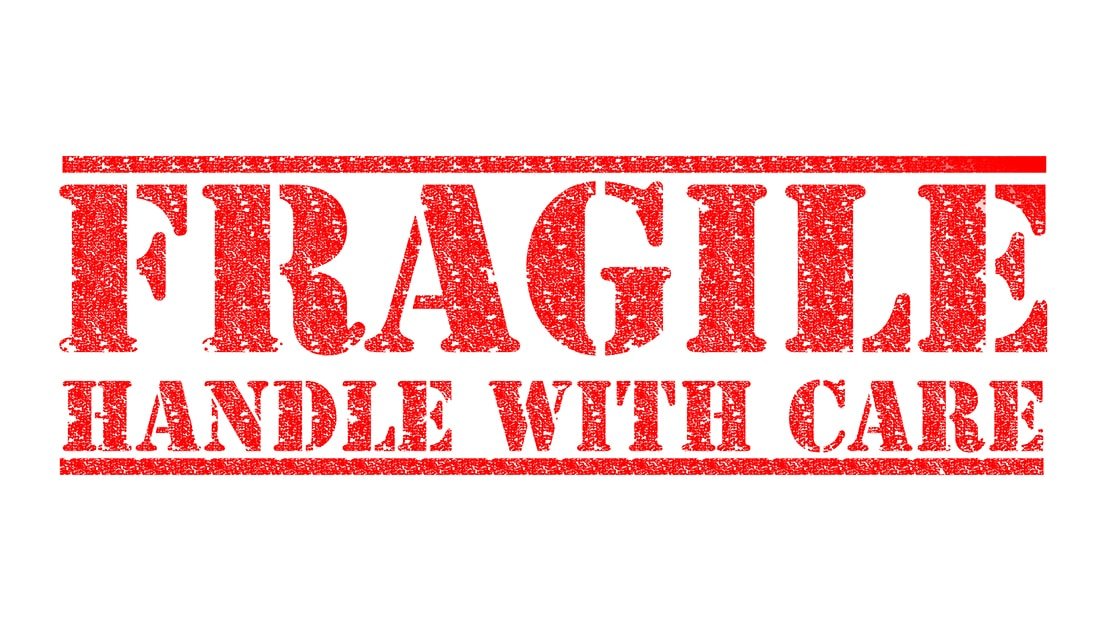
4/ If you want to repeat that paragraph some where else, you basically have to duplicate it (copy/paste) and there is no linkage between it and no updating occurs when text changes in one or the other. The address is fragile & duplicates are orphans with no connection to origin.
5/ A Roam block is a chunks of text with a unique identifier given to it. We refer to this as its "Block Reference" or us geeks refer to it as UID (Unique Identifier). Each block in a graph has a unique UID that is not repeated. Thus: Each block has an address (not fragile). 
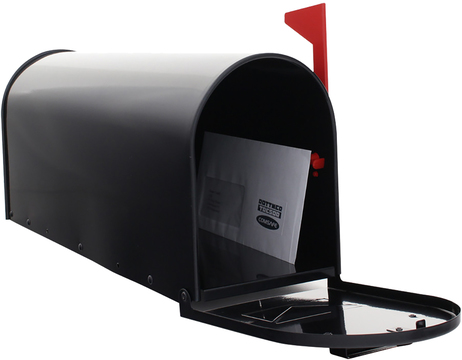
6/ The Unique Identifier (UID) looks like: ((aXd9AsD1a)). It is a 9 digit identifier (though could be more digits in the future). The symbols surrounding the UID (( )) is just "sugar" or a way of telling Roam that you are referring to a Unique Identifier of a block in the graph.
7/ Each graph database has a unique database name. My database is brilliantly called "roamhacker". You can purchase it for 2 million dollars, the price has gone up in the last few months.
8/ when you combine the unique name of a graph with the unique identifier of a block, you suddenly have a "street address" for each block in the universe (or at least Roamosphere). It is like saying my address is "101 1st Street, San Francisco". Unique to the planet. 

9/ I think that is amazing. Each block of content has its own unique address. Each block is its own house. Each graph database is its own city. All of us are building cities, and when combined together we are creating communities of graphs.
10/ Soon we will have graphs databases linking to graphs databases.
Do you see your graph database as a village or city? Each block as a home? each link between blocks as building roads and bridges?
Do you see your graph database as a village or city? Each block as a home? each link between blocks as building roads and bridges?
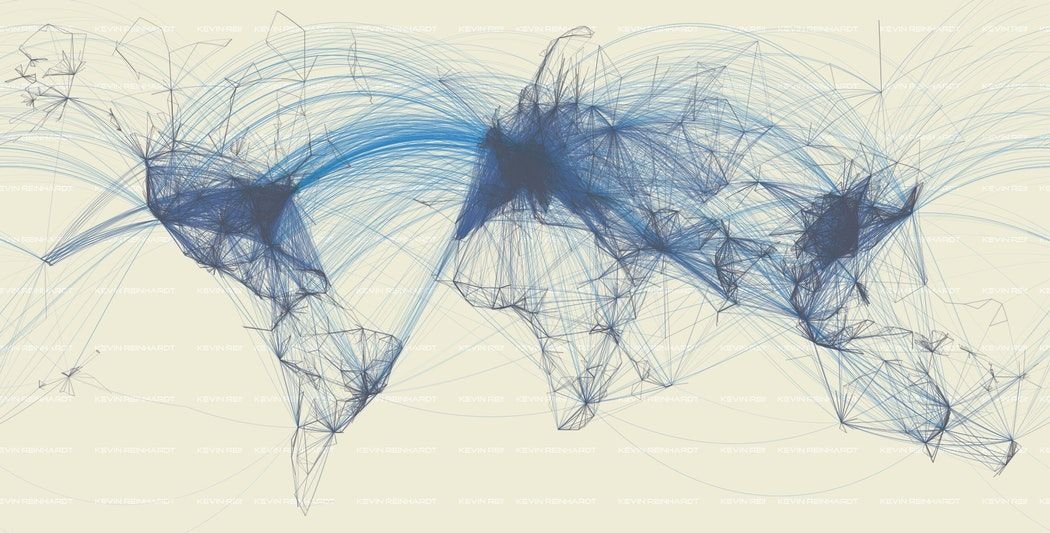
11/ Roam is often called the Excel of text. And this is correct. But I would also say that we could compare Roam to being the Simcity of text. Each of us building a city, but no one exactly the same. 
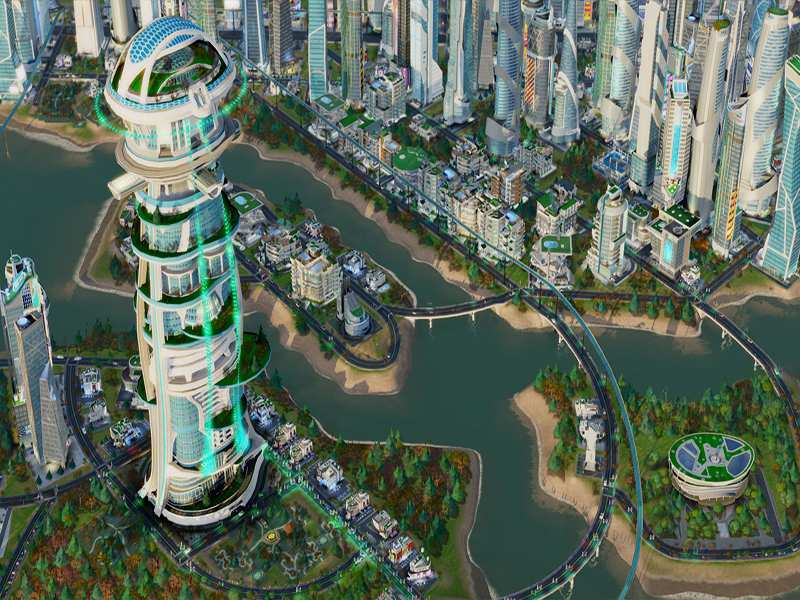
12/ Explaining block refs to new users is not easy, but a few good metaphors goes a long way to simplify the concept.
Also, the quicker they adapt to the idea that a block has its own address they will be more effective at unlocking Roam's potential.
Let's help them get there
Also, the quicker they adapt to the idea that a block has its own address they will be more effective at unlocking Roam's potential.
Let's help them get there
• • •
Missing some Tweet in this thread? You can try to
force a refresh

